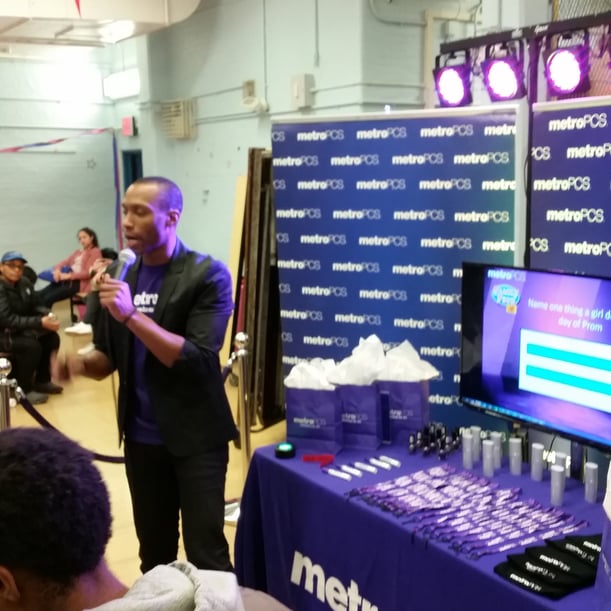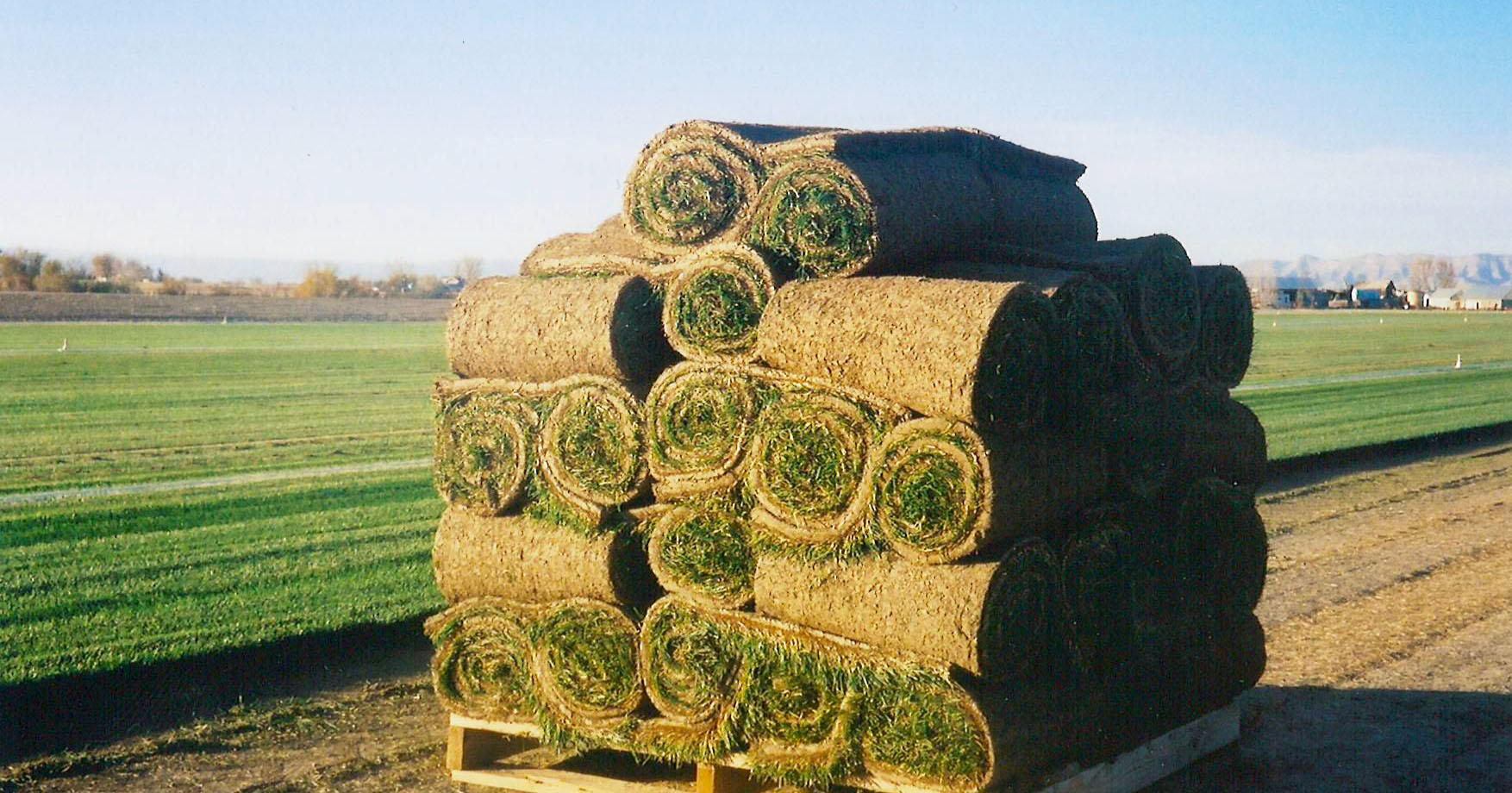7 Best Practices For Effective Grassroots Campaigns

Every campaign is different and grassroots campaigns, by definition, follow very few rules. However, using a template or a set of guidelines will help you mitigate failure and These best practices are a few helpful hints to keep in mind when planning.
Have a Defined Campaign Purpose
Constructing grassroots campaigns is an art and a science. When a campaign is too broad or too specific in scope its hard to stay on topic and ultimately the campaign falls flat. That's what happens when you lack clarity of purpose. The goals and purpose of the campaign should be clearly defined and understood by all stakeholders. The strategic plan should outline exactly what outcomes the campaign is expected to achieve? Once the campaign team knows the core objectives can you organize a focused campaign that meets those goals.
Speak the Same Language
This might seem obvious but in fact its not. While everyone reading this might all speak English, we communicate in a different language. That language might be Android or Apple, text vs. email, maybe its morning or its night, dropbox or Google Drive. Team communication is very important to effective grassroots campaigns. They must all be on the same page and communicate via the same language. Consider setting a series of guidelines that your team will always follow so that there are no questions about how communication will be handled during the course of an active campaign. Have it posted somewhere, reviewed often and updated as needed.
Know your Audience
Regular readers know I harp on targeting your audience. Every step of the way you must consider your consumer when creating grassroots campaigns. Ask questions, how will this impact his life, is this important to her, why should they care? Remember, you can have the best campaign ever, but if your target market doesn't care, you lose. The more you know about your audience the better your campaign can potentially come. Compile a profile of your best customer and when crafting campaign elements, be sure to measure it up against her.
Seek Out Influencers
Whether online or off, one of the hardest things to establish, yet most important is social clout. Back in high school only the cool kids achieved this aspirational level but today, even the nerds can...and most often are. This level of social clout is actually a metric measured online by sites like KLOUT, PEERINDEX (a Brandwatch Subsidiary) and KRED. Essentially what these tools measure is the users ability to influence others. Influencers are those that are able shift behavior based on what they do, share and endorse. By identifying and engaging influencers you can indirectly impact the behavior of a large group by changing the behavior of one. One word of caution however. Influence is best used when organic. forcibly changing an influencers behavior or bribing them to do so with the promise of compensation is, if not unethical, counter-productive. The secondary audience can often sniff out when they're being bought and often will discredit the influencer. Instead, seek out influencers already aligned with your mission. Perhaps they currently use your product or better yet, a competitors. By engaging them in an opportunity to try something new, they will be empowered to share their experience with their following. Remember, a single influencer may not take well to your product or service, so engaging multiple influencers hedges against outliers.
Brainstorm
An idea is just that, an idea. Put it in a petridish and it grows. Brainstorming sessions are the perfect petridish for grassroots ideas. Include your entire team. Everyone from the entry level all the way up to senior management. We even encourage inviting the support team like custodians, reception and special guests to attend. There are some great "bylaws" for brainstorming that you can find on line so I won't get in to them. Make it a habit, not just when needed. Use fictitious scenarios when there is no real client opportunity. This will spawn ideas and concepts that can be re-purposed and used later. The point is to give an idea legs so that it becomes a full campaign. Clients love great ideas but when they can see the overall vision and how this will impact a community over an extended period of time they'll likely put dollars behind it.
Protect Your Programming
I often get asked, how do you protect your ideas from getting stolen. In undergrad, I failed an assignment for only presenting one amazing idea when the directions were to present 5 and pick the best one. (Thanks Prof. Blakeman) The lesson was that if we're only as good as one idea, then how truly creative are you. So protecting ideas from your clients, who are supposed to be your partners breeds laziness with regard to creativity. I'm not sure I ever fully bought into the concept but I understand it. However there is a way we can do both: licensing. This is a relatively new concept but one that should be considered especially for grassroots activations. Instead of creating unique events to fit your clients needs. Brainstorm (see above) some programs that you can execute in scale, (monthly, annually or in different markets.) Be sure that the programs are generic enough to fit a multitude of clients and industries. Protect the program as your intellectual property. Your attorney will need to be involved in this process. Lastly, produce a whitelabeled presentation deck outlining areas a client can sponsor for a prescribed amount of time. If the client loves it, they can leverage exclusivity at a premium or lock up their license over the course of a few years. Because the program is yours legally, your client will have to resist the urge to reproduce the concept "in house."
Seek Feedback
The moment a campaign ends is the most emotional. We're either exhausted, elated, celebrating or a mix of all three. However, its important at this point to take stock. Seek feedback from participants and your team. Surveys are great way to gather this data and should be prepared before or during the campaign to prevent forgetting after. Keep it short, include at least one open-ended question for participants to share all opinions. Going back to your campaign purpose and what your measure of success by, ask a question to identify it. Lastly, ask for suggestions about what would make the future grassroots campaigns more successful.
As you will see, there are quite a few things to consider when planning your grassroots campaign. However, its important not to be so rigid or regimented in your process that you short change your efforts. This list of best practices is by no means all inclusive and only meant to be a guide. If you have others you would like to share, please feel free to do so in the comments section below.
Share this
You May Also Like
These Related Stories

Grassroots Marketing Campaign Saves Puerto Rico

A Grassroots Marketing Definition and Guide To A Winning Strategy




